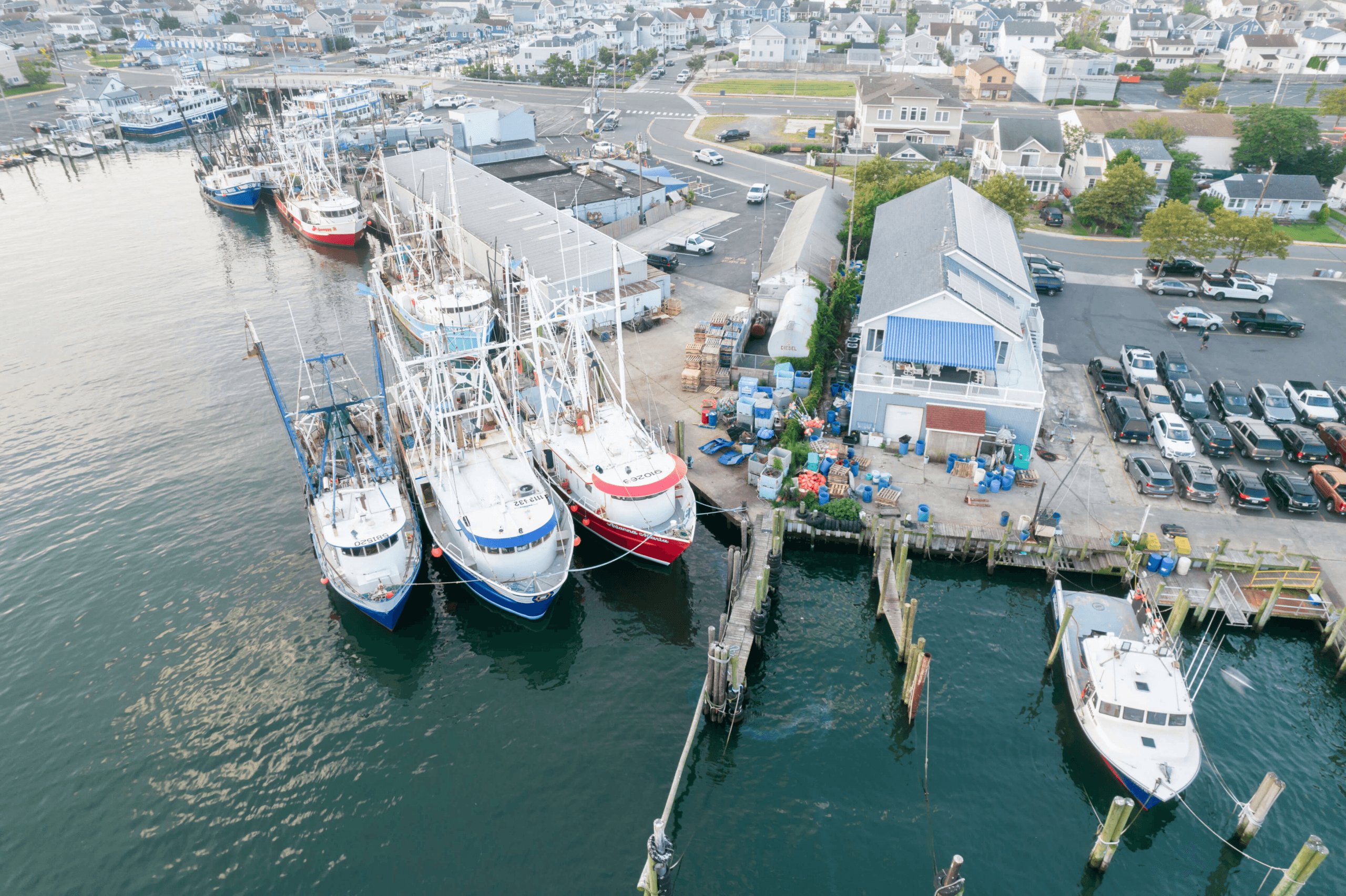Climate change is projected to alter the mean and variability of a wide range of physical and chemical conditions in the coastal zone, many of which act as stressors to commercially-relevant organisms. Quantifying the impact on key organisms of these multiple stressors – many of which co-vary or influence each other – is challenged by limits in our experimental data and the lack of comprehensive modeling tools. Furthermore, the translation of stressor impacts on organism health to economic outcomes of business or coastal economic vulnerability has been slow to develop.
To begin the process of overcoming these limitations, we developed a coupled biogeochemical-biological-economic modeling system to quantify climate change impacts on oyster aquaculture in Chesapeake Bay. We applied a coupled hydrodynamic-biogeochemical model forced by downscaled global climate model projections to simulate historical and mid-century salinity, phytoplankton biomass, water temperature, and carbonate system parameters throughout the estuary. These bio-physio-geochemical model outcomes were used to estimate eastern oyster growth across different regions of Chesapeake Bay, and these growth outcomes informed a stochastic dynamic economic model of Chesapeake Bay aquaculture operations. In this presentation, we will highlight the complex interplay between acidification and other environmental stressors in impacting oysters and aquaculture economics.


